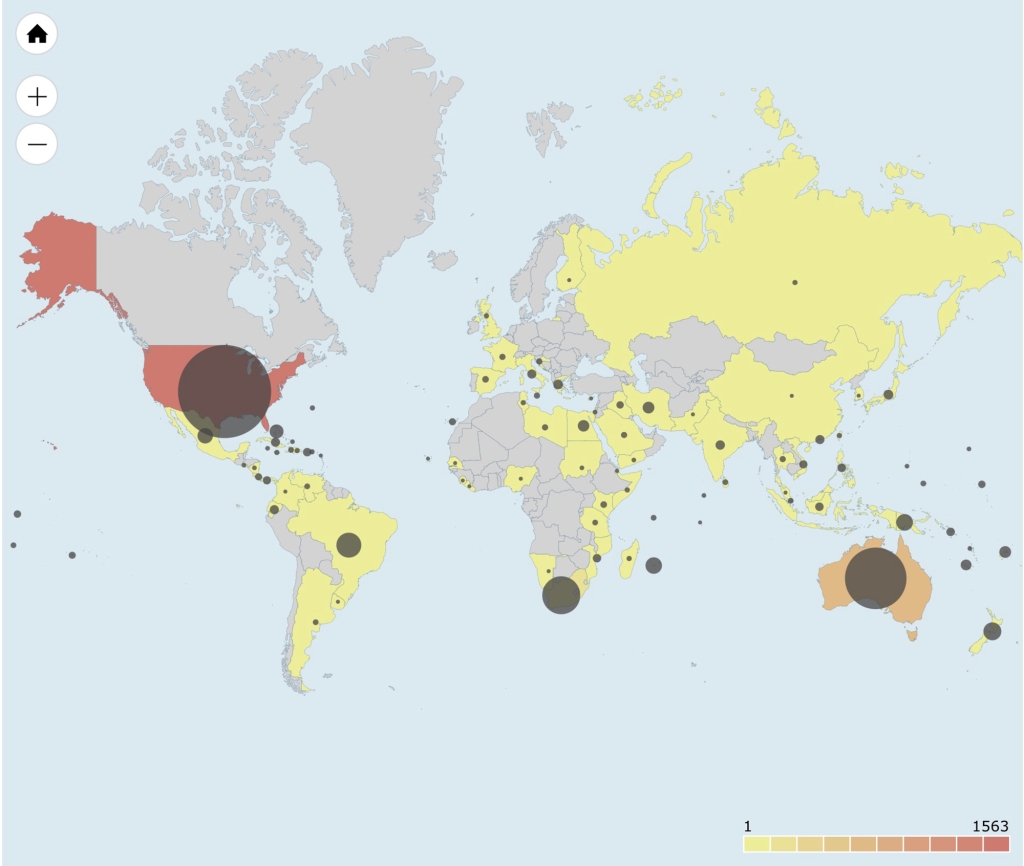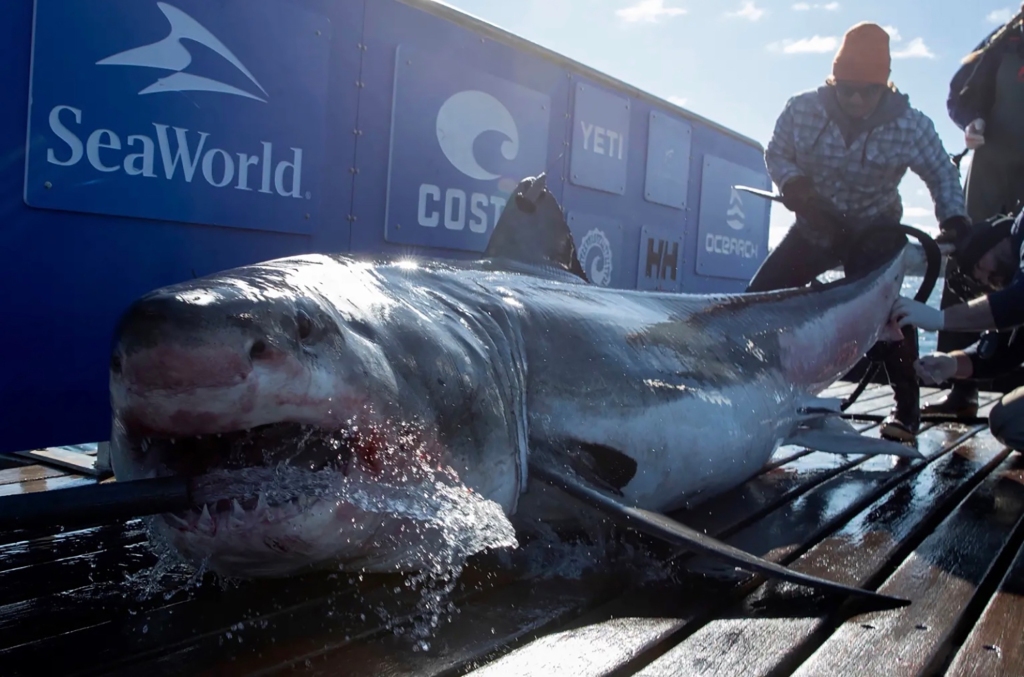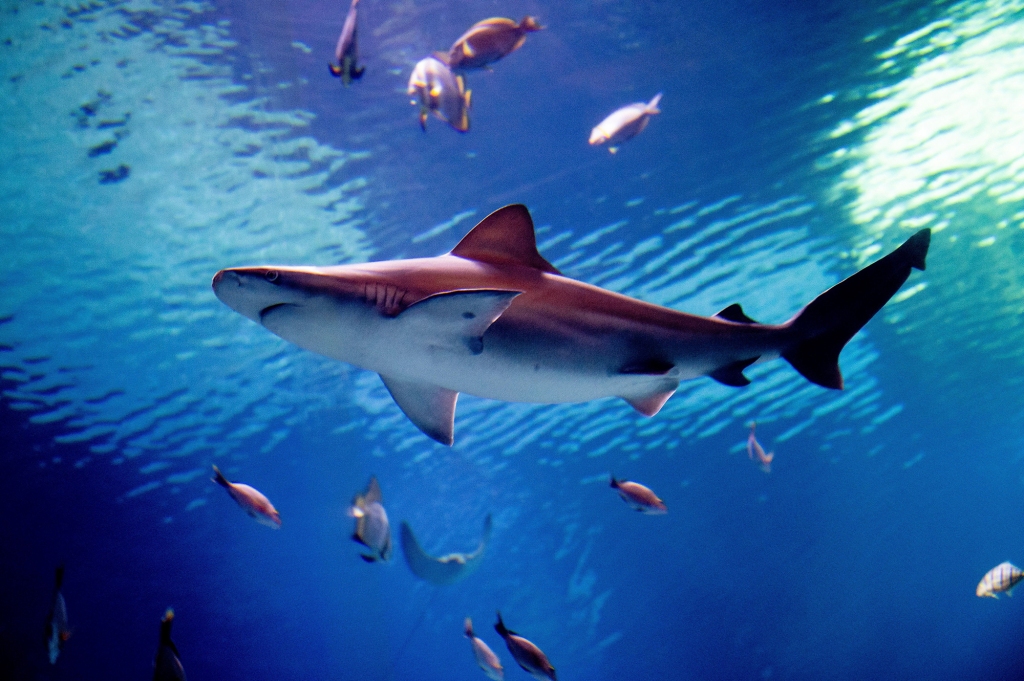Where you’re most likely to experience a shark attack: map
Beware of these chomping grounds.
Wanna know if you’re in danger from the current shark attack scourge? Not fear: The Florida Museum in Gainesville, Florida has rolled out a handy interactive shark map that displays the number of unprovoked attacks around the globe. It’s like a maritime marauder’s map to the world’s shark attack meccas.
The predator-tracking tool, the “The International Shark File,” was rolled out in January, but is currently making waves as US shark activity reaches a-jaw-clyptic levels levels.
Using this digital fine-toothed comb, shark spotters can see all the attacks between 1900 and 2021, toggle between fatal and non-fatal incidents, and customize the view so it only displays attacks committed by a certain species such as the Mako or nurse shark. They can even click the arrow boxes next to the names to learn more about said man-eater.
Findings were based on data compiled by The International Shark Attack File (ISAF), “the world’s only scientifically-documented, comprehensive database of all known shark attacks,” per the site.
“Initiated in 1958, there are now more than 6,800 individual investigations covering the period from the early 1500s to the present,” they write.
Indeed, according to the data, the USA has the most, with 1,563 unprovoked attacks — those in which a bite on a live human occurred in the shark’s natural habitat — since 1580, with 896 in Florida alone since 1837. Trailing behind is Australia with 682, the Republic of South Africa with 258 attacks and Brazil in fourth with 110 attacks.

Last year was a particularly sharky one. The predators were responsible for 73 unprovoked bites worldwide in 2021 with over half (47) occurring in the US. “This is 42% higher than the 33 incidents that occurred in the U.S. in 2020,” the site wrote. “The 47 cases represent 64% of the worldwide total.”
Of these attacks, 28 occurred in Florida, representing 60% of the U.S. total and 38% of unprovoked bites worldwide.
Interestingly, the lion’s share of the attacks have been committed by three species since the system was implemented: the great white (354), the tiger shark (138) and the bull shark (121).

Meanwhile, certain activities increase the likelihood of getting attacked with surfing topping the list, comprising a mind-boggling 51% of incidents.
“This group spends a large amount of time in the surf zone, an area commonly frequented by sharks, and may unintentionally attract sharks by splashing, paddling and ‘wiping out,’” the Florida Museum writes.
Meanwhile, “swimmers and waders accounted for 39% of incidents, with the remaining incidents divided among snorkelers/free divers (4%) and body-surfers (6%),” per the site.
Despite the alarming numbers, the Florida museum maintains that the likelihood of getting attacked by a shark is rare.
“While the incidence of fatal bites in 2021 was higher than is typical, we do not consider this cause for alarm,” they write. “At this time, there is no evidence that the recent spike in fatalities is linked to any natural phenomena.”
They added, “rather it is likely the consequence of chance, a conclusion underscored by the fact that the number of unprovoked bites is in line with recent five-year trends.”

It’s unclear how the 2022 will rank on the global shark attack map, but this year the US has seen a rash of attacks this summer, including 6 in Long Island, NY in July alone.
In the latest incident two weeks ago, Max Haynes, 16, was bitten on the foot while surfing near Kismet Beach on Fire Island.
Thankfully, in most of the instances, it was unlikely the sharks were looking at the victims as lunch.
“One thing to keep in mind is sharks are not out there trying to eat surfers and swimmers,” said Chris Paparo of the South Fork Natural History Museum’s shark research team. “They’d much rather eat fish, but in many cases, they mistake us for their actual prey. When they do bite, they usually move on.”
Read the full article Here


